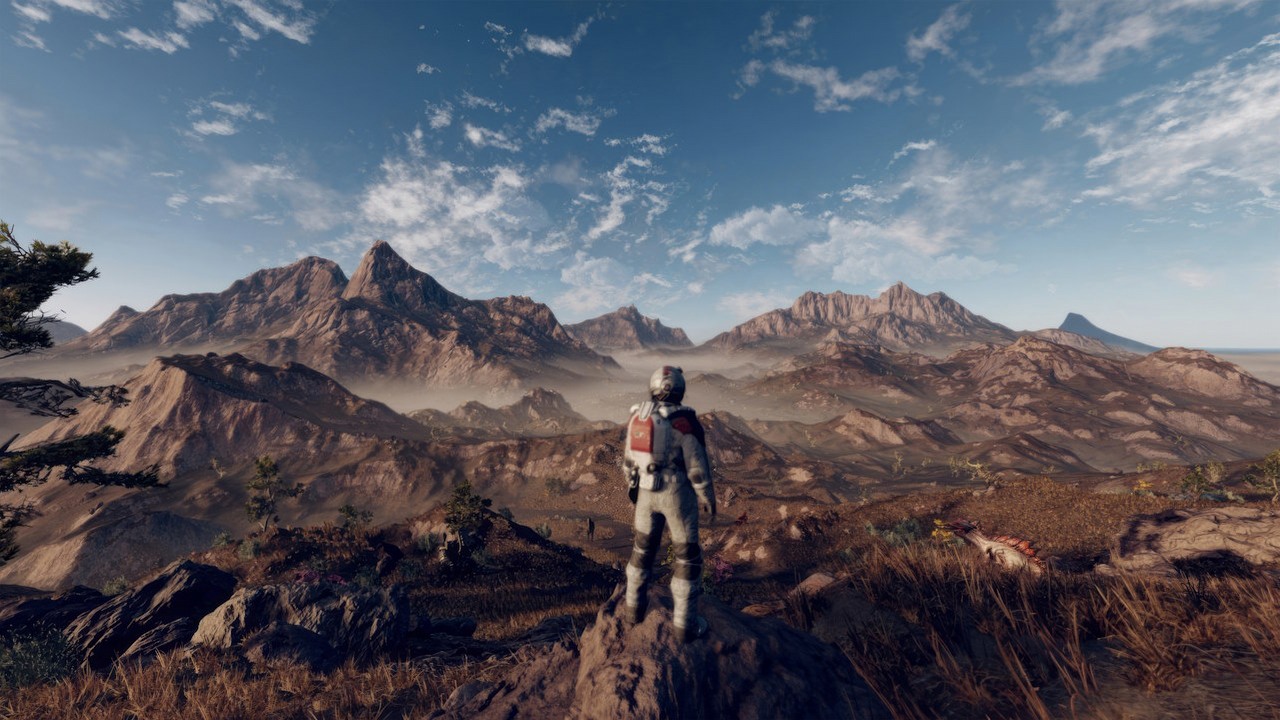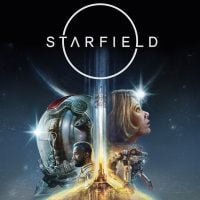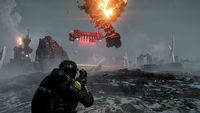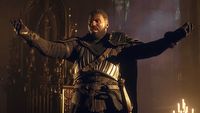Starfield's Ending Was Developed at the Last Moment. Level Designer Tossed the Idea
Bethesda, in developing the Starfield ending, acted in haste. At fault is an overly large development team. WARNING: spoilers.

Starfield is a game that evokes extreme emotions among players. Some people admire it, while others hate it. However, it cannot be denied that it has gained immense popularity, with 12 million players trying it out in nearly three months since its release.
Currently, the level of interest is not as high - on Steam, the highest number of players in the last 24 hours was 7,429 (for comparison, Skyrim had 25,149 people playing at its peak; both games are available in Game Pass).
At the end of the production, the studio worked hastily, leading to almost complete neglect of a satisfying conclusion to the space adventure, as revealed by former Bethesda employee Will Shen during the Game Developers Conference in San Francisco.
IMPORTANT NOTE! SPOILERS!
The following text contains spoilers from the ending of Starfield. If you haven't gotten there yet and don't want to spoil the fun, postpone reading this news for later.
Ending created out of necessity
Starfield, despite having over 1,000 celestial bodies, focuses its entire ending around one of them: Masada 3. The initial step involves a major cosmic battle in the planet's orbit, followed by navigating through numerous enemies on the surface, culminating in the ultimate battle where the player jumps across different dimensions to previously visited locations.
It turns out that this version of the mission was created almost at the last minute. During GDC, Will Shen, the main quest designer for Starfield, shared some interesting behind-the-scenes details about the game's development.
We were finally at a state in the project where we could play through the whole [game]. And it became very clear that we were missing the large final location that was going to tie the story together and have a satisfying action-filled payoff. I was both implementing the main quest and leading the quest design team, so I had absolutely no time. The entire quest design team was already overbooked.
Shen explained that the team working on Starfield was very large, with five hundred developers, making it difficult to supervise everyone. Therefore, it wasn't so simple to add even a regular chair to one location, as it required the implementation of the right procedures.
Due to such a time-consuming work system, the final stages - including the conclusion - were created in a hurry. Steve Cornett, the main level designer, then came up with the idea of having players jump between dimensions and revisit old locations during the finale.
I wonder if this is what Todd Howard had in mind when he mentioned a controversial ending during a September interview with NPR, which not everyone will appreciate.
0

Author: Martin Bukowski
Graduate of Electronics and Telecommunications at the Gdańsk University of Technology, who decided to dedicate his life to video games. In his childhood, he would get lost in the Gothic's Valley of Mines and "grind for gold" in League of Legends. Twenty years later, games still entertain him just as much. Today, he considers the Persona series and soulslike titles from From Software as his favorite games. He avoids consoles, and a special place in his heart is reserved for PC. In his spare time, he works as a translator, is creating his first game, or spends time watching movies and series (mainly animated ones).
Latest News
- End of remote work and 60 hours a week. Demo of Naughty Dog's new game was born amid a crunch atmosphere
- She's the new Lara Croft, but she still lives in fear. Trauma after Perfect Dark changed the actress' approach to the industry
- „A lot has become lost in translation.” Swen Vincke suggests that the scandal surrounding Divinity is a big misunderstanding
- Stuck in development limbo for years, ARK 2 is now planned for 2028
- Few people know about it, but it's an RPG mixing Dark Souls and NieR that has received excellent reviews on Steam, and its first DLC will be released soon


